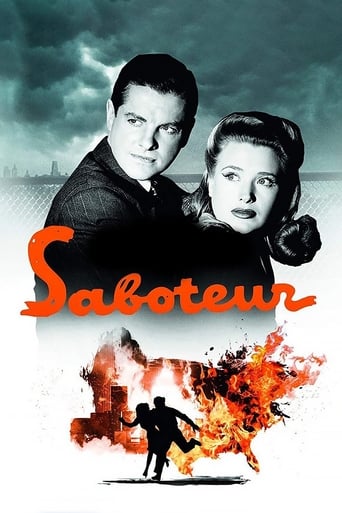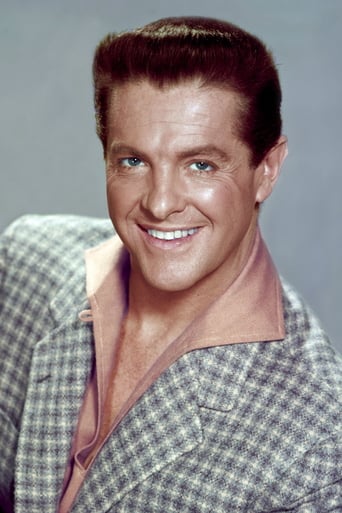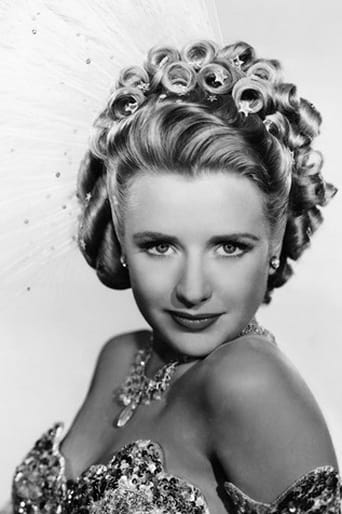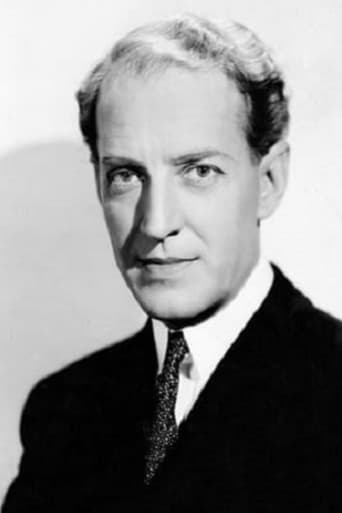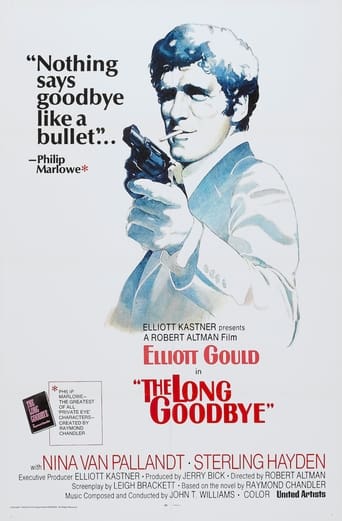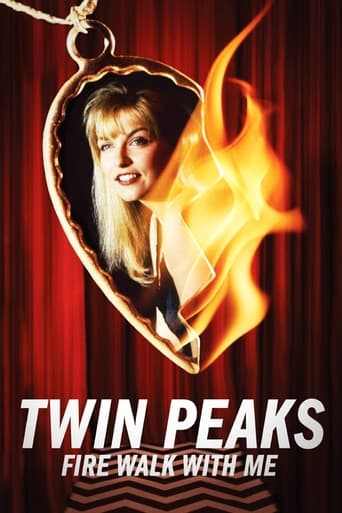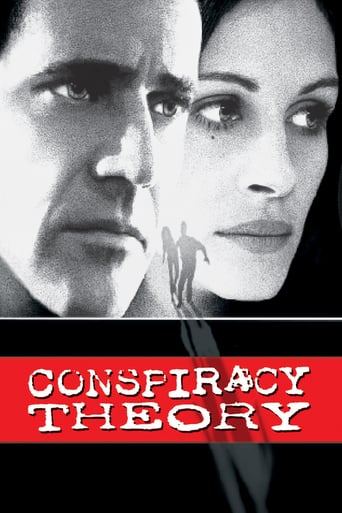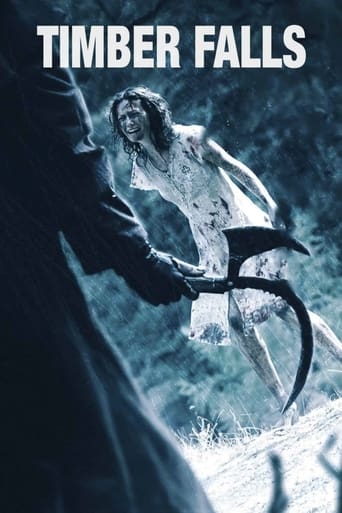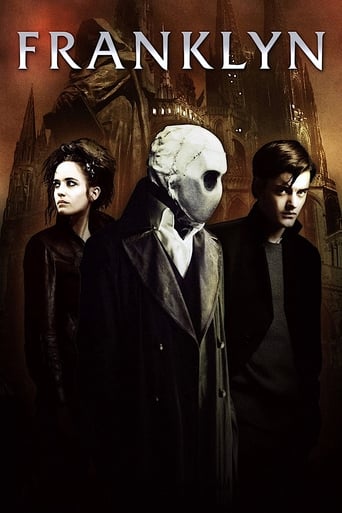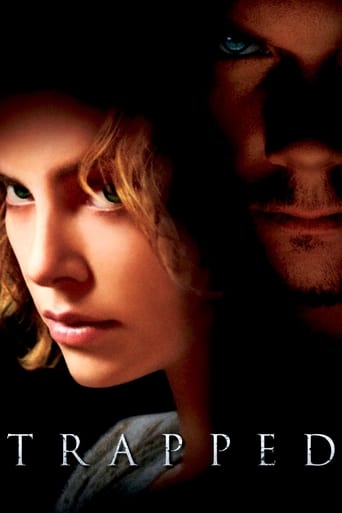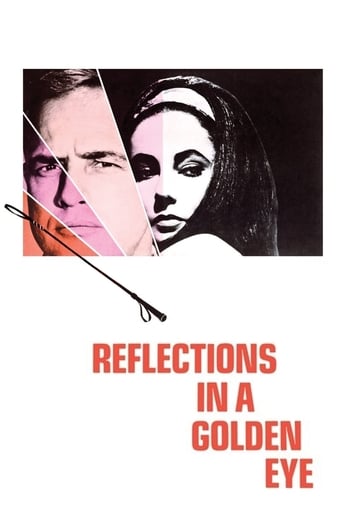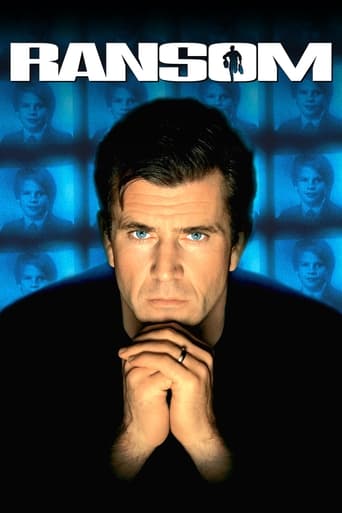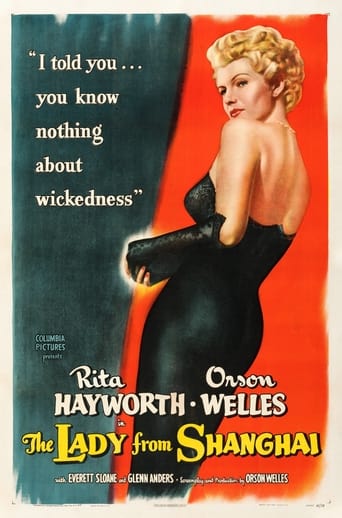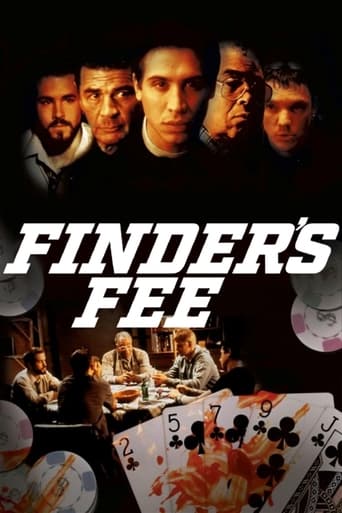Saboteur (1942)
Aircraft factory worker Barry Kane flees across the United States after he is wrongly accused of starting the fire that killed his best friend.
Watch Trailer
Free Trial Channels
Cast


Similar titles
Reviews
The acting is good, and the firecracker script has some excellent ideas.
Easily the biggest piece of Right wing non sense propaganda I ever saw.
Great example of an old-fashioned, pure-at-heart escapist event movie that doesn't pretend to be anything that it's not and has boat loads of fun being its own ludicrous self.
I enjoyed watching this film and would recommend other to give it a try , (as I am) but this movie, although enjoyable to watch due to the better than average acting fails to add anything new to its storyline that is all too familiar to these types of movies.
I like this story.A man is supposed to be a murder and try to escape.He meet a young ,beautiful lady on the way and they fall in love.It's so romantic ,at the time thrilling especially last scene that a real murder scream for a help on the statue of liberty.However I don't like something in the film.I think it is too rapid that two of them confirm how they feel to each other.
When reviewing a film like "Saboteur", there are a lot of "perhaps"-es that come to my mind. Perhaps the movie was better for its time? Perhaps it needs to be seen as a propaganda piece and nothing more? Perhaps it represents a different age of cinema? Even considering those factors, however, I cannot endorse this as an engaging Hitchcock flick because it just doesn't bring anything unique to the table of film-making.For a basic plot summary, "Saboteur" focuses on Barry Cane (Robert Cummings), a man on the run from the law after being wrongfully accused of setting fire to an airplane factory. While pursuing the true baddie Tobin (Otto Kruger), Barry finds a tag-along love interest in Pat (Priscilla Lane).This movie has all the elements of a traditional Hitchcock movie: the MacGuffin plot device, the "wrong man" scenario, the espionage plot, and the strong, independent female lead. Some of the camera-work is vintage Hitch, while the locales are distinctly "American" in nature in keeping with the wartime nature of the film.Sadly, though, the overall plot is about as stale as they come. It is a scenario that is almost "too easy" for the genre and provides no true suspense or meaningful character development. I suspect that a film like "Saboteur" was made with a strong eye towards propaganda instead of overall quality.Thus, I can't recommend "Saboteur" to anyone but die-hard Hitch fans or those who can sit through generic war/spy tales. You really just won't be getting anything new here.
Allegedly, director John Ford was once asked by a reporter why the Apaches chasing the eponymous stagecoach in 1939's "Stagecoach" didn't just shoot the stage's horses to stop it. Ford's reply: "Well, that would have ended the movie." I kept thinking of that Ford response while watching Alfred Hitchcock's 1942 film "Saboteur." The plot: Ordinary, average Joe American, "Barry Kane" (Bob Cummings), works in a Los Angeles aircraft plant where a fire breaks-out. Kane and a co-worker friend rush to put out the flames during which they're handed a fire extinguisher by someone whom they think is a fellow co-worker named "Frank Fry" (Norman Lloyd). The extinguisher, though, contains gasoline which accelerates the flames and kills Kane's friend. In the ensuing investigation, suspicion turns on Kane because there was no record of a Frank Fry working in that plant. Thus, Kane is accused of deliberate sabotage and causing the death of his friend. Rather than face the charges, Kane decides that only he can track down the mysterious Fry and clear his name. So, he flees with the authorities hot on his trail. Along the way, he inexplicably picks-up a beautiful blonde model, Patricia Martin (Priscilla Lane), who is initially convinced of his guilt, but then starts to believes him. (And also falls in love with him.) Pat's conversion towards Kane's point of view is helped when they stumble upon a whole ring of saboteurs bent on aiding the fascist cause. To the shock of Kane and Pat, these saboteurs are led by a smooth-talking, sophisticated western rancher, "Charles Tobin" (Otto Kruger) and a grand dame of NYC society, "Mrs. Sutton" (Alma Kruger). Kane and Pat experience a host of captures and narrow escapes while trying stop the ring's next plot to destroy a battleship upon its christening launch in the Brooklyn Navy Yard. It all culminates in a chase on the top of Statue of Liberty.As others have noted, "Saboteur" comes across as an American version of Hitchcock's 1935 "The 39 Steps" and a precursor to 1959's "North by Northwest." It features many plot elements that were used in both those films. However, "Saboteur" is not considered a Hitchcock classic like "The 39 Steps" and "North by Northwest." Why "Saboteur" does not get the accolades of those other films is usually based on its cast being inferior due to having lightweight Bob Cummings and pretty singer-turned-actress Priscilla Lane as its leads. However, I think its script is just not as smart or clever.In fact, I thought "Saboteur" was pretty stupid mainly because the supposedly ruthless and sophisticated sabotage ring was so incredibly stupid. They repeatedly capture Kane and Pat. Yet, instead of putting bullets in their brains and then burying them, the ring keeps them alive and puts them unrestrained and unobserved in rooms by themselves from which they quickly escape. As much as I wanted Kane and Pat to succeed, I still found myself saying: "Shoot them!" whenever the sabotage ring had them in their clutches. There was NO REASON whatsoever for the ring to keep these two alive. Yet, the ring kept doing it.I wonder if anyone ever asked Hitchcock why the saboteurs didn't just kill Barry Kane and Pat Martin and if he replied: "Well, that would have ended the movie."
"Saboteur" was Alfred Hitchcock's first film made after America's entry into World War II. He had dealt with the war before in "Foreign Correspondent", but because America was still neutral at the time he was forced to do so a roundabout way. That film does indeed feature a European war, a war which has many similarities with the one actually being waged- London, for example is being bombed- but Hitchcock was not allowed to name the Nazis as the aggressors. Well, after Pearl Harbor Hollywood finally allowed Hitchcock to take the gloves off. "Saboteur" is an unashamed propaganda piece warning Americans to be on their guard against fifth columnists and enemy agents. Hitchcock uses one of his favourite plot devices, one he had already used in the likes of "The 39 Steps" and "Young and Innocent", that of a man wrongly accused of a crime. When an aircraft factory in California is destroyed by fire and a man is killed, Barry Kane, a young worker at the plant, becomes the chief suspect. Kane is forced to go on run to clear his name and expose the real culprits. In the course of a journey which takes him all the way across America to New York he meets a cross-section of Americans, including a garrulous truck driver, a rancher, a blind musician and his model niece, a circus full of freaks and a society hostess. Some of these believe in his innocence and try to help him, others try to hand him over to the police while others turn out to be working for the real saboteurs, a sinister organisation of fifth columnists. The film works well until about halfway through. There is a tense scene at Tobin's ranch, some striking photography of the Western landscapes and a good cameo from Vaughan Glaser as the kindly musician Phillip Martin. After that, however, things start to go downhill. I have always felt that the point at which it jumps the shark is when Kane and Pat meet the circus freaks, most of whom are horribly unconvincing. (The "human skeleton", for example, is not even particularly thin, and the "bearded lady's" beard is obviously false). There is little real tension in the second half of the film. The scene in Mrs Sutton's mansion is overlong and the one where Kane foils an attempt to destroy a new Navy battleship in Brooklyn Navy Yard is confusing. The sight of a ship lying on its side shortly afterwards might seem to suggest, wrongly, that the saboteurs have in fact succeeded in their efforts. (The stricken ship is in fact the SS Normandie, destroyed by fire in February 1942, but even in 1942 audiences from outside New York might have missed this point). Hitchcock loved setting cliff-hanging sequences in or on iconic buildings or structures; during his British period in the thirties the Albert Hall, Westminster Cathedral and the Forth Bridge had all been pressed into service for this purpose. He tries to create another one here using the Statue of Liberty, that iconic symbol of American democracy, but the effect of this is lessened by the fact that the person in the greatest danger is not the hero Kane but one of the villains whom the audience would love to see plunge to his death. Hitchcock originally wanted Gary Cooper and Barbara Stanwyck for the leading roles, but Cooper was uninterested and Stanwyck unavailable. (Cooper seems later to have regretted not working with Hitch; he signed on to star in "The Wreck of the Mary Deare" in the belief that the great man would be directing it, only for Hitchcock to pull out). In the event the roles were taken by Robert Cummings and Priscilla Lane; Cummings makes a decent hero, but Lane must be among the least memorable of Hitchcock's trademark blondes. The relationship between Cummings and Lane recalls that between Robert Donat and Madeleine Carroll in "The 39 Steps"; she initially distrusts him but is persuaded to believe in him and the couple eventually fall in love. In 1942 Hitchcock was under contract to David O. Selznick, but Selznick rejected the script for this film, one of a number of factors which led to the growth of ill-feeling between director and producer. The film was eventually made by Universal, but it is easy to understand Selznick's reservations. "Saboteur" may have succeeded as a piece of propaganda, but as a piece of film-making it is a relative failure. Hitchcock was capable of much better work than this. 5/10


